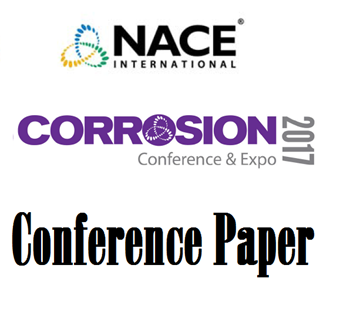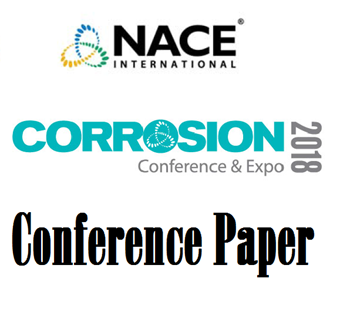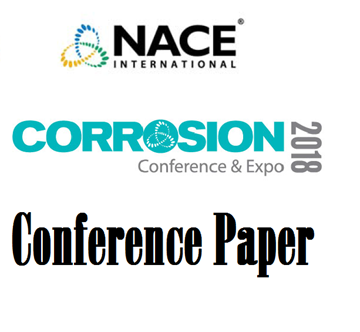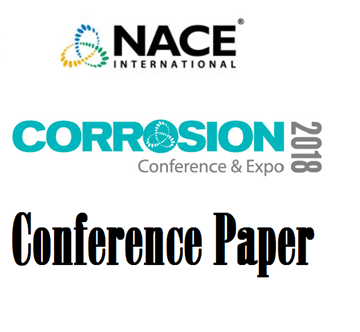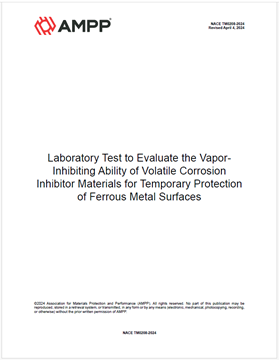Search
Products tagged with 'vci'
View as
Sort by
Display
per page
51317--9635-Chemical and Electrical Stability of Reference Electrodes in Sand Bed Dosed with Volatile Corrosion
Product Number:
51317--9635-SG
ISBN:
9635 2017 CP
Publication Date:
2017
$20.00
51318-11189-Corrosion Protection of Out-of-Service Pipelines
Product Number:
51318-11189-SG
Publication Date:
2018
$20.00
51318-11540-Experience from ER Probes and Coupons from Under Tank Applications of VCI
Product Number:
51318-11540-SG
Publication Date:
2018
$20.00
51318-11617-VCI Installation Considerations At Military Facilities
Product Number:
51318-11617-SG
Publication Date:
2018
$20.00
A Novel Methodology For Addressing Corrosion Under Insulation (CUI) Utilizing Corrosion Inhibitor Impregnated Self-Amalgamating Silicone Based Tape
Product Number:
51322-17931-SG
Publication Date:
2022
$20.00
Gearbox Corrosion Mitigation During Storage and Intermittent Operation
Product Number:
51324-20747-SG
Publication Date:
2024
$40.00
Investigating Specimen Preparation and Cleaning Variables Influencing the NACE TM0208-2018 Jar Test Performance
Product Number:
51322-17985-SG
Publication Date:
2022
$20.00
NACE TM0208-2024, Laboratory Test to Evaluate the Vapor- Inhibiting Ability of Volatile Corrosion Inhibitor Materials for Temporary Protection of Ferrous Metal Surfaces
Product Number:
NACE TM0208-2024
Publication Date:
2024
$109.00
Quantitative Test Method For Vapor Inhibiting Ability Of Volatile Corrosion Inhibitors
Product Number:
51322-17860-SG
Publication Date:
2022
$20.00
Residual Analysis Assay For Thiol-Based VCI Quantification In Top-Of-Line Corrosion Environments
Product Number:
51322-17918-SG
Publication Date:
2022
$20.00
Study Of Inhibition Efficiency Of Volatile Corrosion Inhibitors In the Presence Of Heptane
Product Number:
51322-18003-SG
Publication Date:
2022
$20.00
Using the German Test Method TL 8135-002 for Multi-Metal Application: Non-Ferrous Alloys
Product Number:
51324-20795-SG
Publication Date:
2024
$40.00

